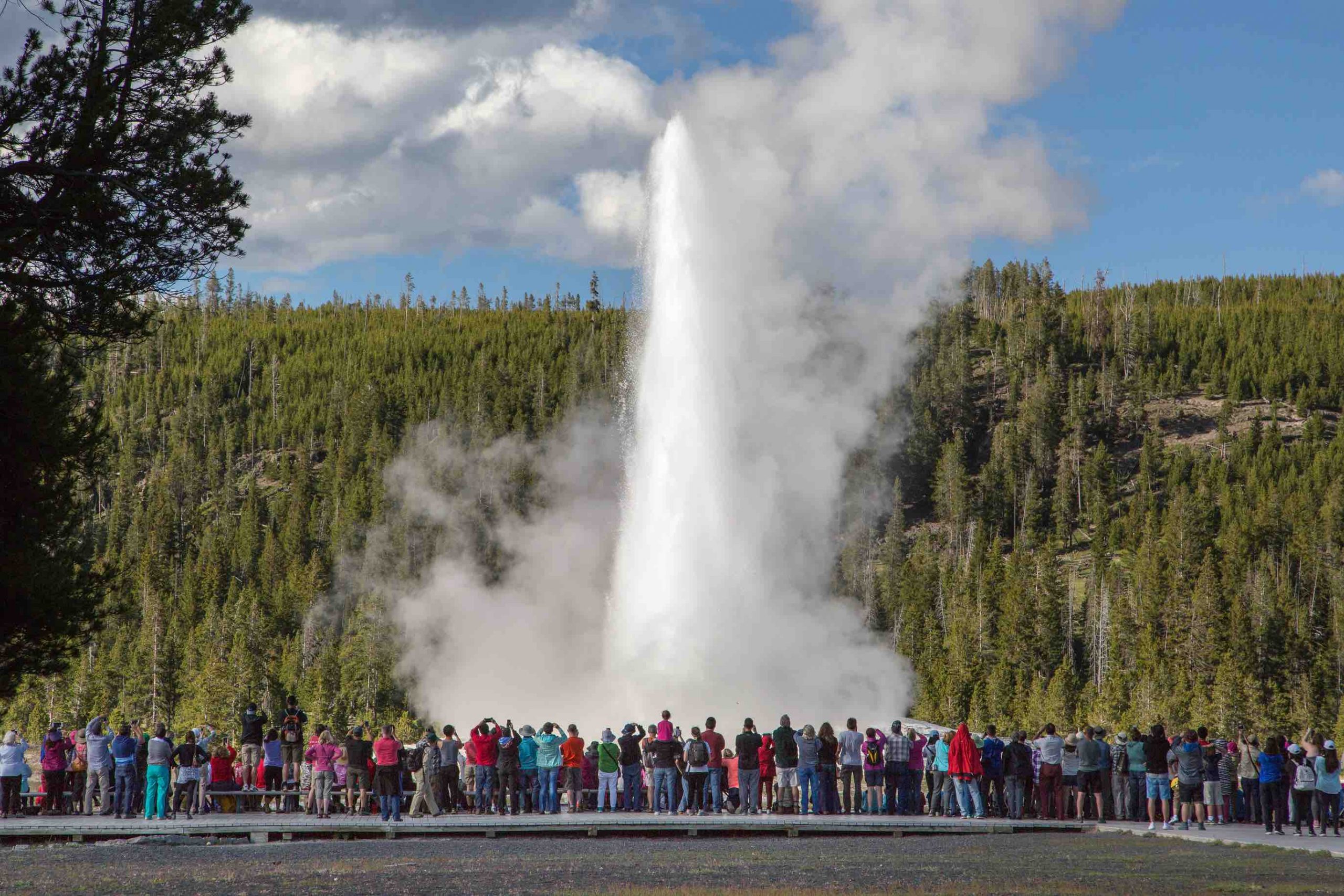
USGS scientists weigh in on historic flooding in Yellowstone.
How epic was that flood in Yellowstone and will it have any effect on seismic activity in the park including geyser eruptions?
Mike Poland, scientist-in-charge of the Yellowstone Volcano Observatory, shared his thoughts during a monthly update on the thermally-active park. Poland began the 6-minute clip highlighting the unprecedented flooding event.
A steady 2-3 inches of rain combined with a healthy snowpack just ready to melt off, and the result was historic and catastrophic.
At a stream gauge on Yellowstone in Corwin Springs just north of Gardiner tells the story. Records go back to 1892 at that site, where a previous high of 11.5 feet was noted in 1918. That mark was shattered on June 13 with a ridiculous 14-foot flood level.
Will the large amounts of water impact seismic activity?
“Probably not,” Poland said. “No indication there would be a threat of increase in hydrothermal explosions, either.”
The one thing the waterlogging event could do is speed up the time between eruption intervals for some geyser features, particularly Old Faithful. Historical evidence shows years with above-average precipitation in Yellowstone translate into a slightly speeded up time interval between blasts for the reliable geyser. Maybe 2-3 minutes quicker on an average 88-minute interval.
“Not much but statistically significant,” Poland said.
Earthquake activity recorded in June showed 114 earthquakes within the park for the month—very much average, according to Poland. The largest event was a 2.4M in the Mammoth Hot Springs area on June 13.
- WYDOT Starts Collecting Fuel Tax on Public EV Charging: Ensuring Fair Road Funding - October 17, 2025
- Jim Darwiche Honored with 2025 Clarene Law Memorial Legacy Award - October 16, 2025
- Prepare for Jackson Hole Winter: Clear Streets, Sidewalks, and Join Fall Clean-Up by November 15th - October 16, 2025

